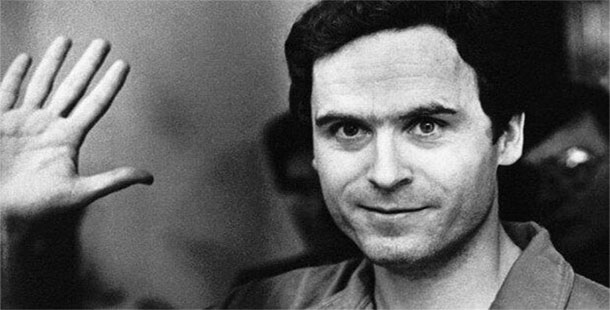Performance enhancing drugs continue to plague the world of sports. Athletes, under immense scrutiny and pressure from their coaches, families, and fans, often resort to these illicit substances for a competitive advantage. Governmental bodies and sports organizations work tirelessly to combat this issue, implementing rigid anti-doping policies, conducting random drug tests and imposing severe repercussions for athletes who fall foul of these rules. However, regardless of these deterrents, some athletes still take great risks to guarantee a win. Despite increased and more stringent testing, athletes persistently manage to find and exploit loopholes, leading to a spike in the cases of doping detected. Click to discover 25 Candid Facts About Athletes And Performance Enhancing Drugs.
Using performance enhancement drugs or "doping" came to the world's attention when Danish cyclist Knud Enemark Jensen died due to abuse of amphetamines during the 1960 Rome Olympics.
 Source: http://www.doping-prevention.com/doping-in-general/history-of-doping.html
Source: http://www.doping-prevention.com/doping-in-general/history-of-doping.html The drugs athletes use typically fall into two categories: anabolics and stimulants. Many athletes use a cocktail of the two or will look to other kinds of drugs.
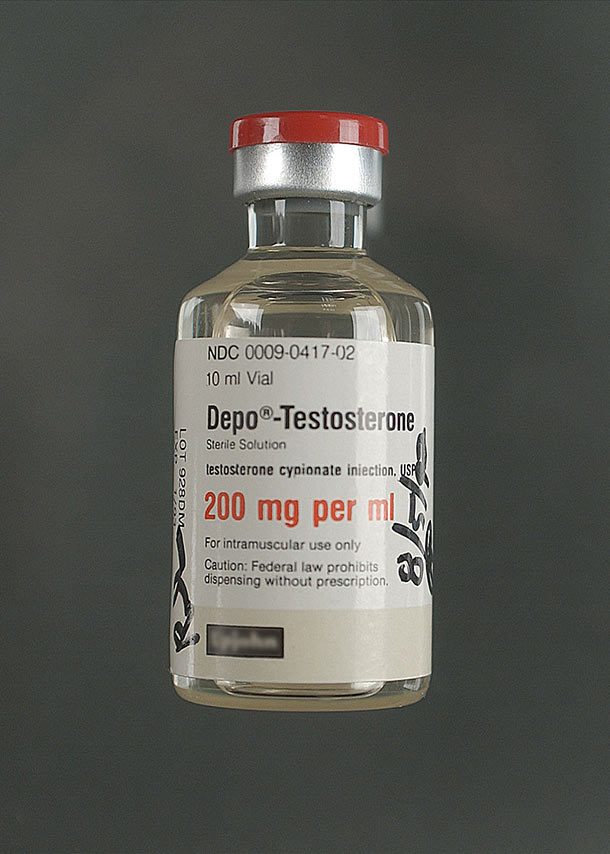 Source: https://www.medicaldaily.com/rio-olympics-doping-facts-how-performance-enhancing-drugs-work-and-risks-394946
Source: https://www.medicaldaily.com/rio-olympics-doping-facts-how-performance-enhancing-drugs-work-and-risks-394946 For instance, in the 2003 Dublin Olympics, UK sprinter Dwain Charles used a combination of drugs to improve his performance, recovery time, sluggishness, and reaction time. He was disqualified when it was discovered.
 Source: https://www.medicaldaily.com/rio-olympics-doping-facts-how-performance-enhancing-drugs-work-and-risks-394946
Source: https://www.medicaldaily.com/rio-olympics-doping-facts-how-performance-enhancing-drugs-work-and-risks-394946 Athletes often will use diuretics, a drug that kicks the kidneys into overdrive and masks other doping substances in the blood stream.
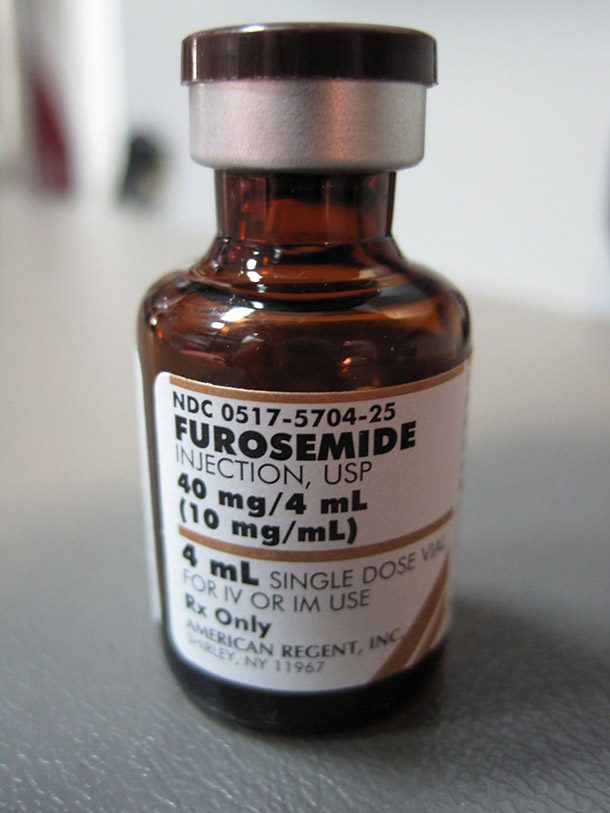 Source: https://www.huffingtonpost.com/entry/the-price-of-gold-doping-professional-athletes_us_58f65efce4b048372700dc0e
Source: https://www.huffingtonpost.com/entry/the-price-of-gold-doping-professional-athletes_us_58f65efce4b048372700dc0e If an athlete is ever tested positive for drugs, they're usually stripped of all their accolades. A prime example is Ben Plucknett, who broke two world records in discus throw, but was stripped of those records when found positive for drugs.
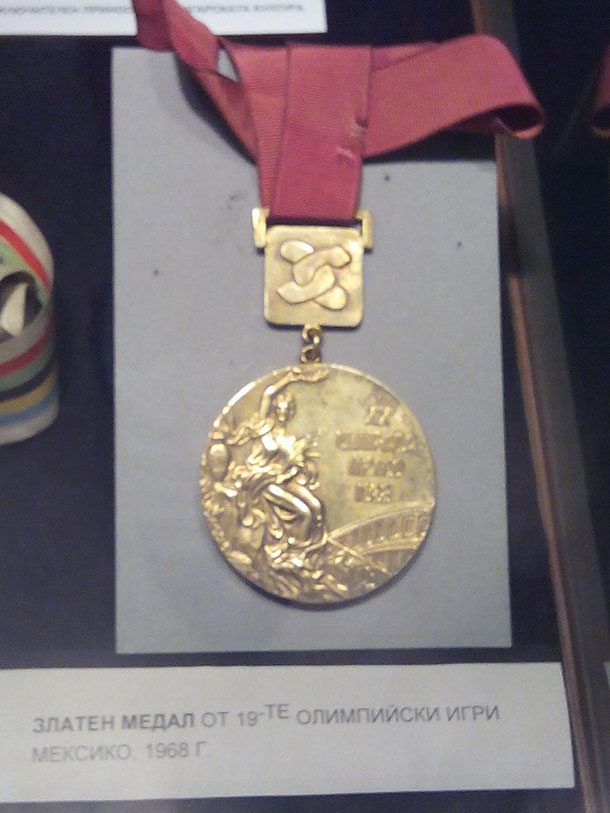 Source: https://www.nytimes.com/2002/11/22/sports/ben-plucknett-48-track-star-who-lost-record-after-drug-test.html
Source: https://www.nytimes.com/2002/11/22/sports/ben-plucknett-48-track-star-who-lost-record-after-drug-test.html Athletes that take performance enhancement drugs don't usually take small amounts but rather amounts much higher than recommended. This puts them in significant health risk.
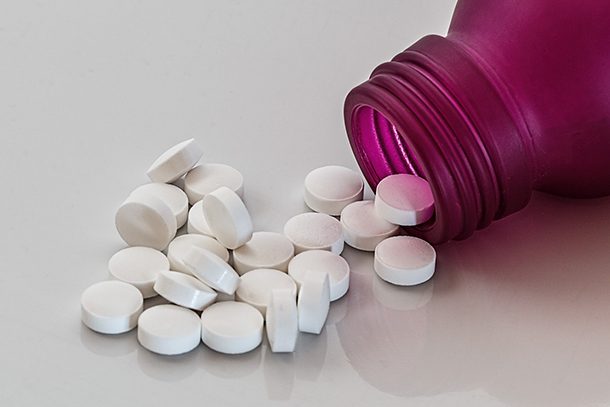 Source: https://www.mayoclinic.org/healthy-lifestyle/fitness/in-depth/performance-enhancing-drugs/art-20046134
Source: https://www.mayoclinic.org/healthy-lifestyle/fitness/in-depth/performance-enhancing-drugs/art-20046134 While the risks haven't been well-studied, side-effects of doping for men include prominent breasts, shrunken testicles, enlarged prostate, and infertility, among other complications.
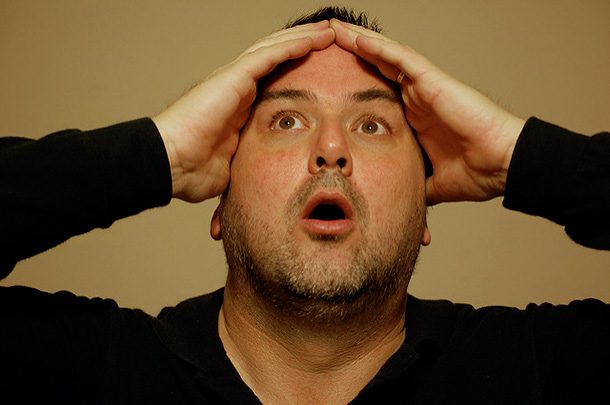 Source: https://www.mayoclinic.org/healthy-lifestyle/fitness/in-depth/performance-enhancing-drugs/art-20046134
Source: https://www.mayoclinic.org/healthy-lifestyle/fitness/in-depth/performance-enhancing-drugs/art-20046134 Women athletes taking drugs might experience a deeper voice, increased body hair, baldness, and infrequent or absent periods.
 Source: https://www.mayoclinic.org/healthy-lifestyle/fitness/in-depth/performance-enhancing-drugs/art-20046134
Source: https://www.mayoclinic.org/healthy-lifestyle/fitness/in-depth/performance-enhancing-drugs/art-20046134 The other risks for all athletes include high cholesterol, liver abnormalities, heart problems, drug addiction, and psychiatric disorders.
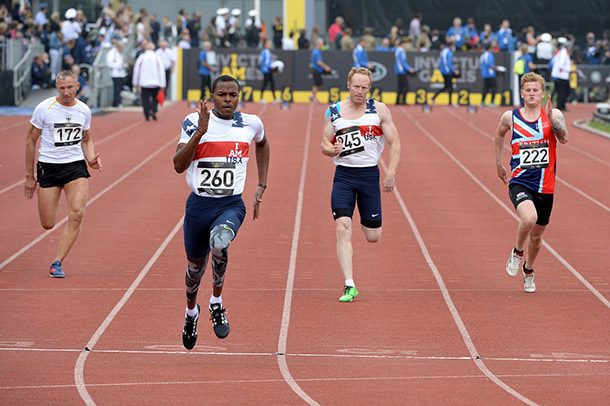 Source: https://www.mayoclinic.org/healthy-lifestyle/fitness/in-depth/performance-enhancing-drugs/art-20046134
Source: https://www.mayoclinic.org/healthy-lifestyle/fitness/in-depth/performance-enhancing-drugs/art-20046134 But wait, there's more. A health study of German athletes that took anabolic steroids found that 25 percent of them developed a form of cancer.
 Source: http://healthresearchfunding.org/35-surprising-doping-sports-statistics/
Source: http://healthresearchfunding.org/35-surprising-doping-sports-statistics/ Professional athletes aren't the only ones abusing drugs. It is a systemic problem for all athletes, including high school and college age students. For instance, a study found that .7% to 6.6% of high school students used anabolic steroids in one year.
 Source: https://www.ncbi.nlm.nih.gov/pmc/articles/PMC4140700/
Source: https://www.ncbi.nlm.nih.gov/pmc/articles/PMC4140700/ Just to drop a little more knowledge about teens, 44% of teen athletes have reported it's very easy for them to obtain steroids without a prescription.
 Source: https://healthresearchfunding.org/20-incredible-statistics-steroid-use-professional-sports/
Source: https://healthresearchfunding.org/20-incredible-statistics-steroid-use-professional-sports/ Despite the efforts of the World Anti-Doping Agency and the U.S. Anti-Doping Agency to combat doping in professional sports, the Anti-Doping Database found that cases of doping has only increased in recent years.
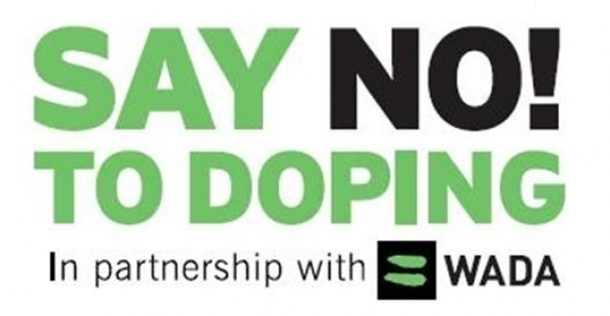 Source: https://www.washingtonpost.com/graphics/sports/olympics/doping/
Source: https://www.washingtonpost.com/graphics/sports/olympics/doping/ While doping became of particular interest in the 1960's, it has its roots in ancient sports. The Ancient Greeks would eat animal hearts and testicles, take fungi and hallucinogenic potions to give them an edge.
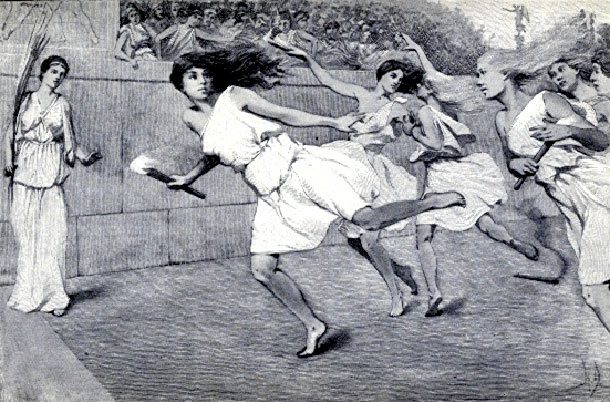 Source: https://theculturetrip.com/europe/greece/articles/an-ancient-history-of-doping-at-the-olympics/
Source: https://theculturetrip.com/europe/greece/articles/an-ancient-history-of-doping-at-the-olympics/ If an Olympic athlete is ever caught doping, their medals are taken away and the athlete next in line receives it instead. Since 1968, 25 athletes who should have won gold received the medal retroactively after a doping case. After that, there were 41 cases for the silver medal and 56 cases for the bronze.
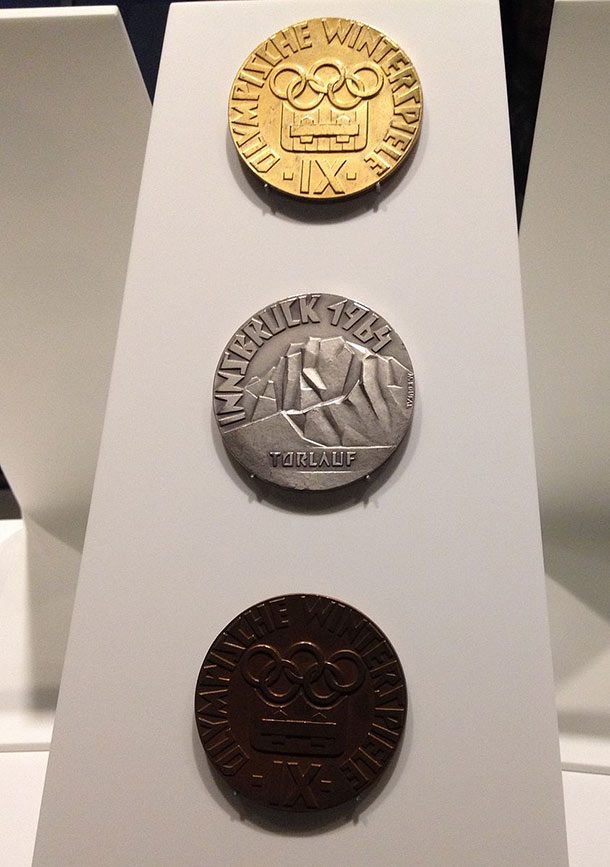 Source: https://www.nytimes.com/interactive/2016/08/14/sports/olympics-medal-doping.html?_r=0&mtrref=c-7npsfqifvt34x24x78x78x78x2eozujnftx2edpn.g00.medicaldaily.com
Source: https://www.nytimes.com/interactive/2016/08/14/sports/olympics-medal-doping.html?_r=0&mtrref=c-7npsfqifvt34x24x78x78x78x2eozujnftx2edpn.g00.medicaldaily.com In the Olympics, across all sports, Russia and Turkey are the most guilty of doping by a wide margin. For example, 225 Russian athletes were found having taken banned substances and that was just in 2013.
 Source: https://www.independent.co.uk/sport/general/athletics/russia-doping-crisis-map-reveals-the-worst-nations-for-doping-in-sport-a6728916.html
Source: https://www.independent.co.uk/sport/general/athletics/russia-doping-crisis-map-reveals-the-worst-nations-for-doping-in-sport-a6728916.html While in most cases individual athletes choose doping, Russia is a very different animal with whistle-blowers, like Yulia Stepanova, pointing to the Russian government and Vladimir Putin's direct involvement.
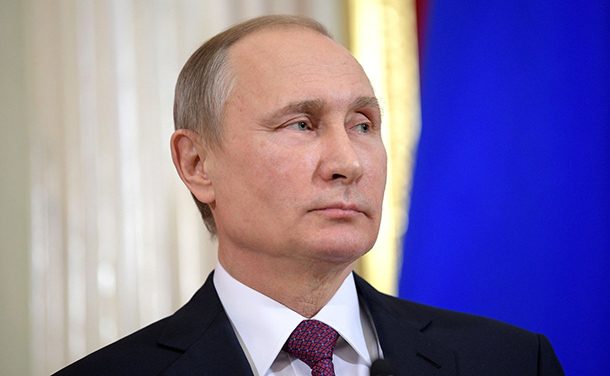 Source: http://www.chicagotribune.com/sports/breaking/ct-spt-vladimir-putin-russia-doping-scandal-20180725-story.html#
Source: http://www.chicagotribune.com/sports/breaking/ct-spt-vladimir-putin-russia-doping-scandal-20180725-story.html# Of course, Lance Armstrong's doping scandal rocked the world in 2012. He'd discovered a way to bypass drug tests for over twelve years. His medals and accolades weren't stripped until 2013.
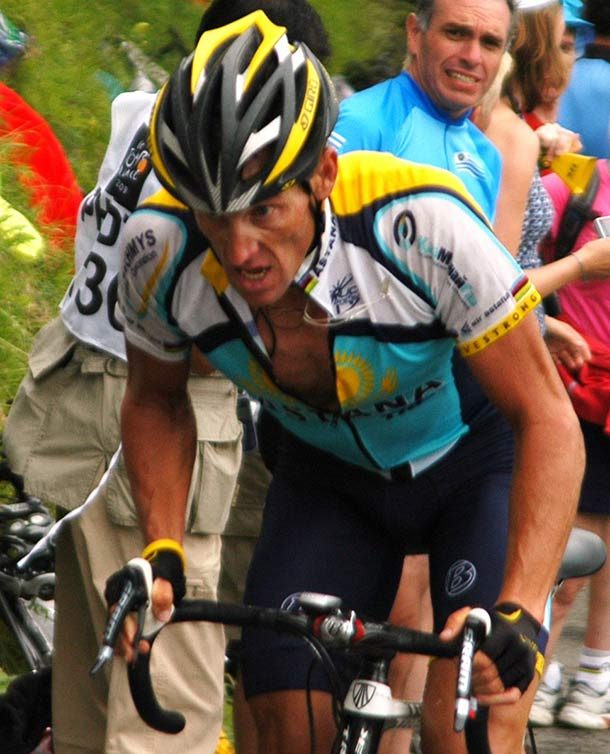 Source: https://www.nytimes.com/interactive/2016/08/14/sports/olympics-medal-doping.html?_r=0&mtrref=c-7npsfqifvt34x24x78x78x78x2eozujnftx2edpn.g00.medicaldaily.com
Source: https://www.nytimes.com/interactive/2016/08/14/sports/olympics-medal-doping.html?_r=0&mtrref=c-7npsfqifvt34x24x78x78x78x2eozujnftx2edpn.g00.medicaldaily.com For Armstrong, and as it turns out many other cyclists, evading detection from anti-doping testers wasn't all that complicated. In many cases, drug testing checks were so poor, all Armstrong had to do was not answer the door when they knocked, literally.
 Source: https://bigthink.com/think-tank/lance-armstrongs-guide-to-passing-a-drug-test
Source: https://bigthink.com/think-tank/lance-armstrongs-guide-to-passing-a-drug-test So, how exactly do doping athletes beat drug testing? Naturally, most assume urine replacement, and they'd be correct. One popular kit is called "The Whizzinator," complete with clean urine, warming packs, and a prosthetic penis.
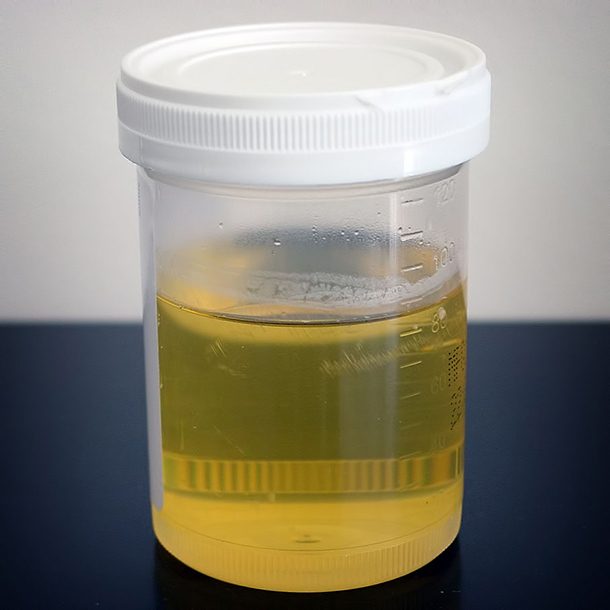 Source: https://sportsanddrugs.procon.org/view.resource.php?resourceID=002706
Source: https://sportsanddrugs.procon.org/view.resource.php?resourceID=002706 Other athletes didn't have to take such extreme measures. One Tour de France cyclist claimed all he did was use a few grains of hand soap to beat a test for the banned drug EPO.
 Source: https://sportsanddrugs.procon.org/view.resource.php?resourceID=002706
Source: https://sportsanddrugs.procon.org/view.resource.php?resourceID=002706 Testing for EPO, however, has become much more stringent. To get around it, some athletes turned to blood transfusions or "blood doping" to enhance performance. Athletes will either donate their own blood and use it before a competition or use the blood of another athlete. Transfusions increase the blood's oxygen carrying capacity.
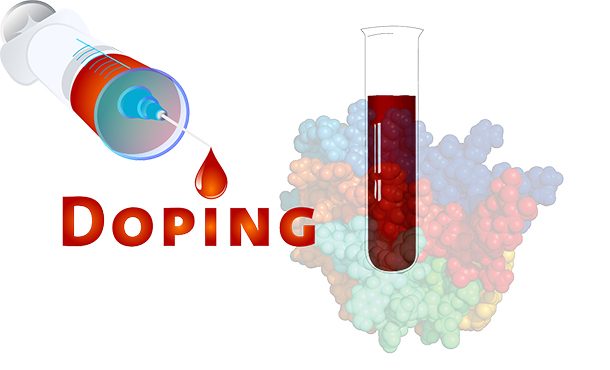 Source: https://sportsanddrugs.procon.org/view.resource.php?resourceID=002706
Source: https://sportsanddrugs.procon.org/view.resource.php?resourceID=002706 In the 2014 Sochi Olympics, Russian officials often interfered with the drug tests, not signing contracts until the last minute, and not making payments, which made it difficult to find anyone to do the tests. They would also question the testers' credibility and threaten to throw them out of the country.
 Source: https://www.newscientist.com/article/2093953-wada-report-shows-tricks-russian-athletes-use-to-skip-drug-tests/
Source: https://www.newscientist.com/article/2093953-wada-report-shows-tricks-russian-athletes-use-to-skip-drug-tests/ Because performance enhancing drugs like EPO are so popular, many companies in China, India, and Cuba make copycat versions with slight molecular changes to beat the drug testing fingerprint. Drug testers struggle to keep up with the latest version, giving athletes an edge to beat the tests.
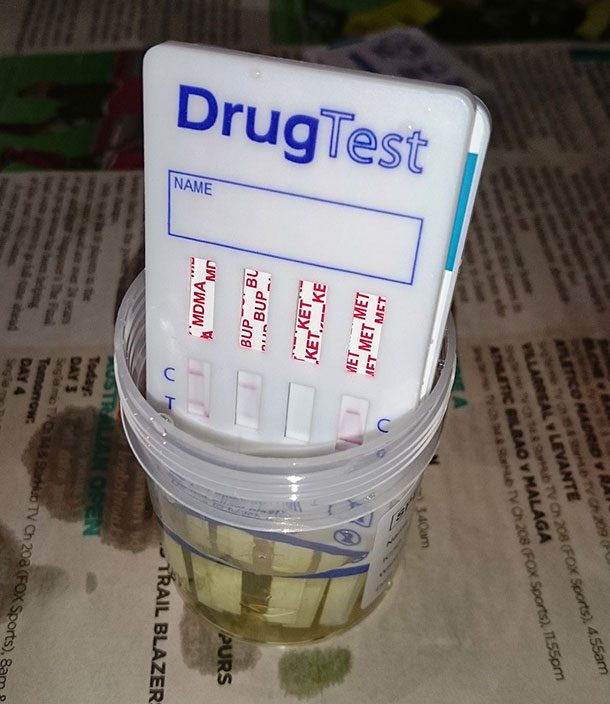 Source: https://sportsanddrugs.procon.org/view.resource.php?resourceID=002706
Source: https://sportsanddrugs.procon.org/view.resource.php?resourceID=002706 Athletes have gone as far as getting "drug tattoos" to get the gold. The tattoo needles have drugs that are injected into the body, allowing athletes to take smaller doses and not be detected. German research found this method is also 16 times more effective than getting an injection through a vein.
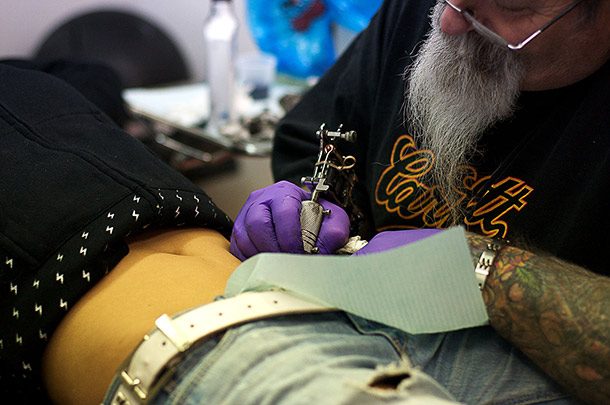 Source: https://sportsanddrugs.procon.org/view.resource.php?resourceID=002706#Tattoos
Source: https://sportsanddrugs.procon.org/view.resource.php?resourceID=002706#Tattoos 







